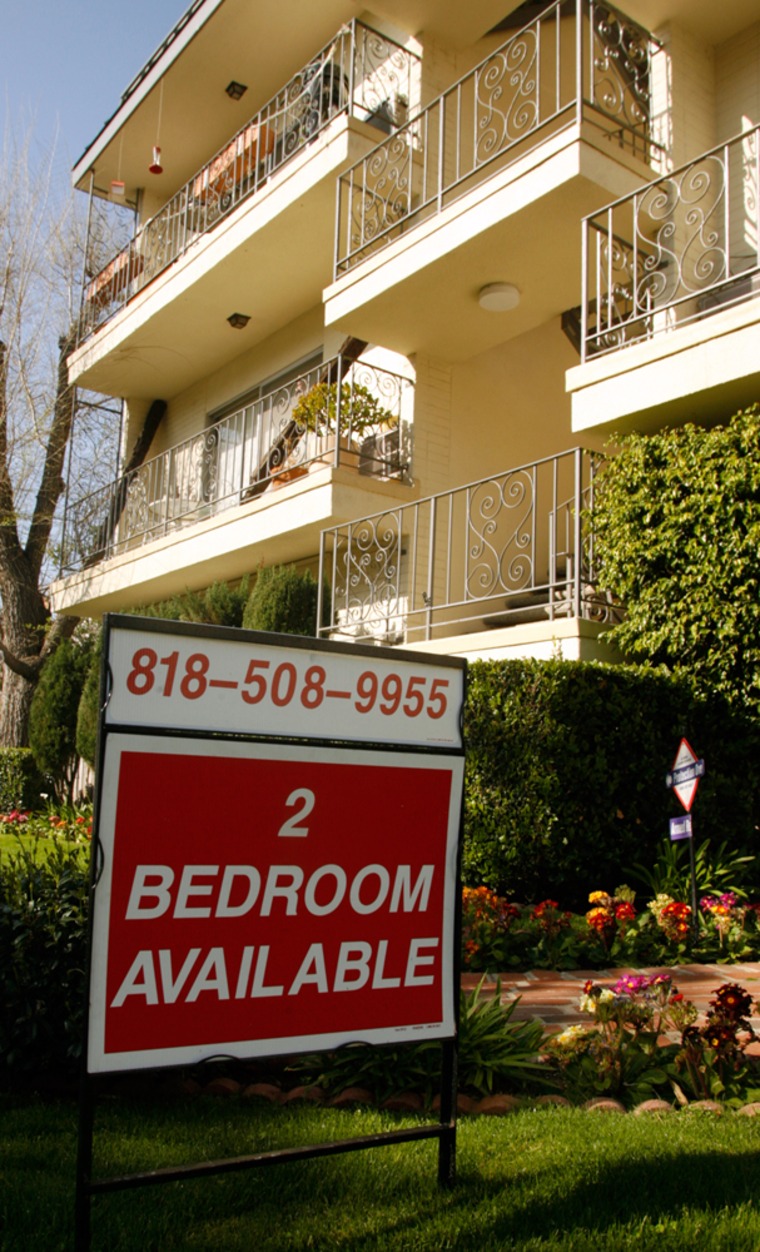A curious thing happened during 2007 while the mortgage market was imploding: Median apartment rental prices in major cities shifted dramatically, dropping by up to nine percent in some markets — Phoenix — and rising as much as 14.6 percent in others — San Francisco — according to data released from Newton, Mass.-based Investment Instruments Corporation.
Looking for a good deal on rent in a dynamic city? Consider Phoenix, where the median price for an apartment fell this year to $939 per month, down about nine percent from $1,035 in 2007. Or maybe give Austin and Miami a shot, since both markets saw median rents fall by three percent, to $907 per month and $1,368 per month respectively. Willing to pay more for a spendy metropolis? Then you won’t mind that the median monthly rent for a New York apartment climbed nine percent to $1,751 and that Seattle’s rent rose 10.3 percent to $1,211 per month.
To calculate these prices, Investment Instruments culled data from among eight million entries in its Rentometer and Rentomatic rental listing directories, said Allison Atsiknoudas, Investment Instruments’ CEO. While prices for single-family homes and condos have declined or slowed between 2007 and 2008 in major markets, the rental market hasn’t necessarily followed suit.
Atsiknoudas says that when rent prices move less than three percent (in either direction) per year, then a market is basically “stable.” Larger fluctuations — such as Phoenix’s nine percent drop— indicate instability or unusual circumstances. Atsiknoudas says that cities with the largest price hikes — New York, Seattle, and San Francisco — can attribute that to steady population growth driven by relocating job seekers. But that means renters, both new to town or long a part of it, are paying the price.
Spendy in San Francisco
San Francisco reported the highest median monthly rent, $1,810, and largest percentage price rise among the 12 markets surveyed by Investment Instruments.
“I think the market here has definitely gone up by more than 15 percent in the past year,” says Candy Myers, 50, who has lived in the San Francisco Bay Area for 25 years. A long-term renter and single parent, she recently posted an ad on Craig’s List saying she’s in the market for a two-bedroom San Francisco home with 1000 to 1200 square feet and a rent below $1750.
But what she’s finding, she says, are apartments and flats starting at $2000 and climbing as high as $5000. Myers works full-time as a school lunch program director and after-school care provider in San Francisco, but says she can’t afford such prices.
“For a person with my income, these prices are just too much,” she says. “I don’t see how people can live here unless they’re millionaires.”
Myers, if she had the option, might do well to look into rentals in Phoenix, where prices have fallen the most among the 12 cities surveyed.
“There’s definitely no rental market growth here,” says Mark Forrester, a partner with Hendricks & Partners in Phoenix. “The effective rent has dropped, though the street prices haven’t changed.”
What he means by that, he says, is that landlords may advertise one price but what a tenant actually pays is often lower, especially if the landlord offers a “concession” such as one month free for those who sign a 12-month lease — a tactic that landlords didn’t use in 2007 but which is now “pretty common,” he says.
Freefall in Phoenix
Forrester says that the rental market in Phoenix has been impacted not by an oversupply of apartment properties, but by an oversupply of single-family homes. The city can accommodate about 30,000 new homes per year, he said, but between 2005 and 2007 about 60,000 were built annually and many were acquired by investors to function as rentals or for quick resales. A local decline in home values means many of these homes are unable to sell. Faced with mortgage payments, the homes’ developers or owners then attempt to rent them as a way to cover costs, which creates a “shadow market” for rentals that competes with the regular apartment market, he says.
With vacancy high, deals are available on single-family homes.
“You can get a three-bedroom, two-bath home in the suburbs with a pool and a garage for less than the price of a two-bedroom apartment, maybe for $900,” Forrester says. “The problems for apartments weren’t created by apartment builders. They were created by single-family homes.”
Atsiknoudas says that, for the next six months anyway, she expects markets with stable pricing may continue to show price increases. Forrester says he thinks the market will begin repairing itself around 2009.
That’s not very good news for renters, of course.
